The mangosteen (Garcinia mangostana), often called the “queen of fruits,” is one of the most prized tropical fruits in the world. Known for its sweet, tangy flavor and smooth purple rind, mangosteen is adored not only for its taste but also for its medicinal and antioxidant properties. Traditionally, it’s grown in warm, humid regions with ample rainfall and deep soil—but with careful planning, you can grow mangosteen successfully even in containers and partly shaded environments.
Inspired by the YouTube video “Planting Mangosteen in Shade | Planting Large Plants in Container”, this detailed guide explores everything you need to know about cultivating mangosteen at home—from selecting healthy plants and preparing the right container mix to managing shade and watering schedules.
If you’ve ever dreamed of growing this exotic fruit tree but thought it wasn’t possible without a tropical orchard, this guide will prove otherwise.
Understanding the Mangosteen Tree
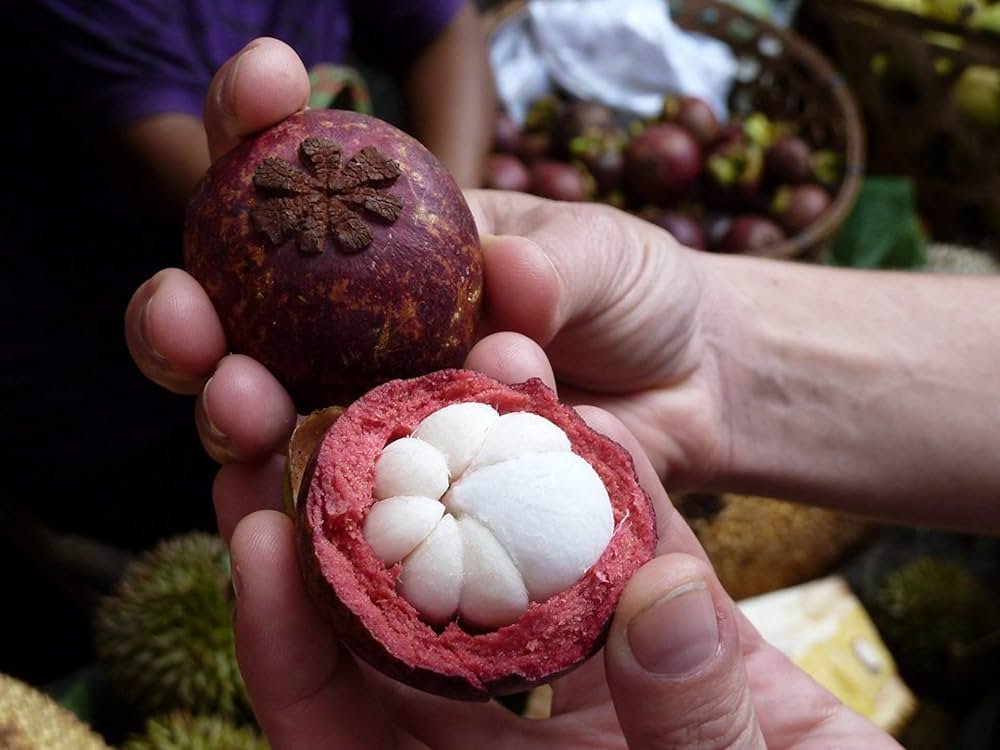
Before diving into planting methods, it’s essential to understand the nature of the mangosteen tree.
- Scientific Name: Garcinia mangostana
- Origin: Southeast Asia (Malaysia, Indonesia, Thailand)
- Lifespan: 100+ years under ideal conditions
- Growth Type: Evergreen tree with glossy leaves and slow, steady growth
- Climate Requirements: Warm, humid weather with temperatures between 25–35°C (77–95°F)
- Light Preference: Prefers filtered sunlight or partial shade—direct harsh sunlight can damage young plants
Mangosteen is a slow-growing tree that takes several years to mature and produce fruit. However, growing it in containers allows you to control soil conditions, light exposure, and moisture levels more easily—ideal for home gardeners.
Step 1: Choosing the Right Mangosteen Plant
Mangosteen can be grown from seeds or grafted saplings, but for container gardening, it’s best to start with a healthy young plant (around 2–3 feet tall).
Tips for Selecting a Good Plant:
- Choose plants with dark green, glossy leaves and no yellowing.
- Avoid plants with damaged stems or root-bound conditions.
- Buy from a reputable nursery specializing in tropical fruit trees.
Since mangosteen seedlings grow very slowly, starting with a larger plant saves years of waiting and gives you a head start.
Step 2: Selecting the Right Container
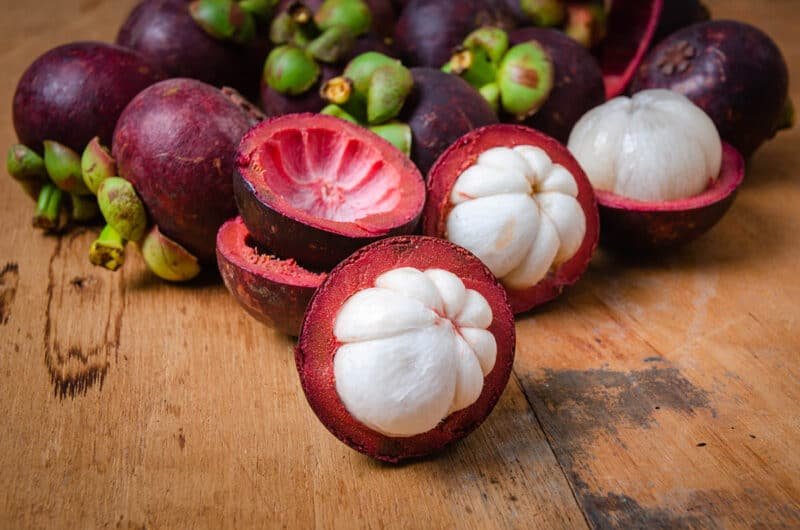
Growing a large tree like mangosteen in a container requires careful selection of the pot. The container must support both root expansion and proper drainage.
Ideal Container Size:
- Minimum diameter: 24–30 inches (60–75 cm)
- Depth: At least 2–2.5 feet (60–75 cm)
This provides enough space for the mangosteen’s deep taproot and lateral roots to grow comfortably.
Container Material Options:
- Clay or Terracotta Pots: Great for breathability and natural cooling.
- Thick Plastic or Resin Pots: Lightweight and durable for large plants.
- Fabric Grow Bags: Promote air pruning and excellent drainage.
Avoid thin, dark plastic pots—they retain heat and can suffocate the roots. Ensure there are multiple drainage holes at the bottom to prevent water stagnation.
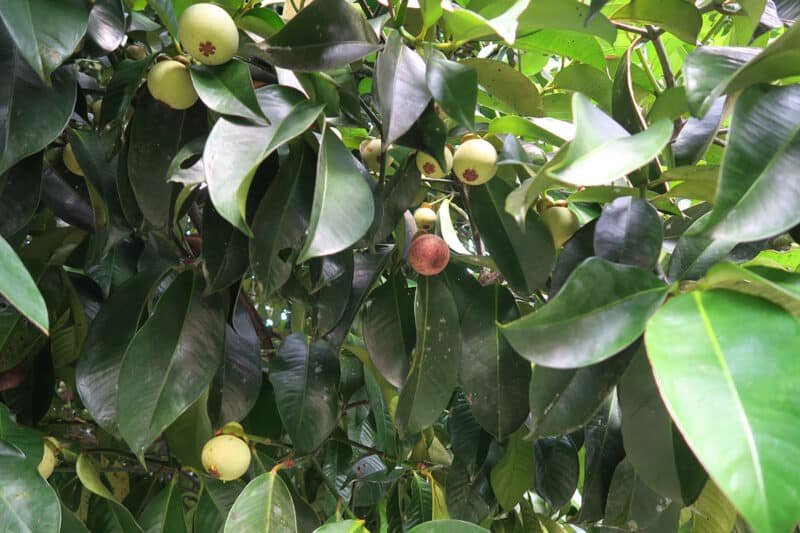
Step 3: Preparing the Perfect Soil Mix
Mangosteen trees need rich, well-draining soil with a slightly acidic pH (around 5.5–6.5). They dislike standing water but require consistent moisture, so the mix must balance drainage with water retention.
Recommended Soil Mix:
- 40% garden soil (loamy and fertile)
- 30% organic compost or well-rotted manure
- 20% sand or perlite (for drainage)
- 10% coco peat or leaf mold (for moisture retention)
Mix these thoroughly before filling the container. You can also add a small handful of bone meal or neem cake to enrich the soil and improve resistance against soil pests.
Step 4: Planting the Mangosteen in Shade
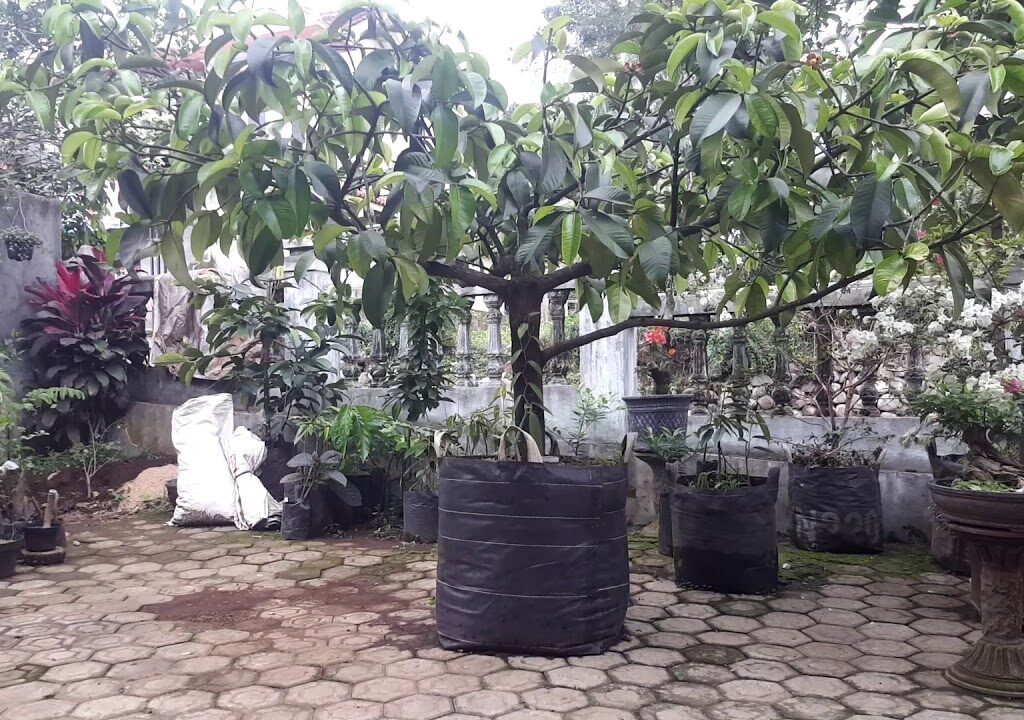
Now comes the most important part—planting your mangosteen tree in a shaded area.
Contrary to popular belief, mangosteen doesn’t need direct, harsh sunlight—especially in its early years. In fact, too much sun can burn its leaves and stunt growth.
How to Plant:
- Prepare the Container: Fill the pot two-thirds with your prepared soil mix.
- Position the Plant: Place the mangosteen in the center. The root collar (base of the stem) should be level with the soil surface.
- Backfill Gently: Add more soil around the roots, pressing lightly to remove air pockets.
- Water Thoroughly: Give the plant a deep watering until water drains from the bottom.
- Shade Placement:
- Place the pot where it receives bright, indirect sunlight—for example, under a pergola, tree canopy, or near a wall with filtered light.
- Avoid full shade (dark corners) as this slows photosynthesis.
- Rotate the pot every few weeks to ensure balanced light exposure.
Mangosteen thrives in partial shade because it mimics the forest environment it naturally grows in.
Step 5: Watering and Humidity Management
Water is critical for mangosteen, but balance is key.
Watering Tips:
- Keep the soil consistently moist, never soggy.
- In summer, water daily or every alternate day depending on weather.
- In winter or cooler months, reduce watering frequency.
- Use rainwater or filtered water if your tap water is alkaline.
Since mangosteen loves humidity, misting the leaves regularly helps maintain healthy foliage. If you live in a dry area, place a shallow water tray near the plant or group it with other tropical plants to increase ambient humidity.
Step 6: Fertilizing for Steady Growth
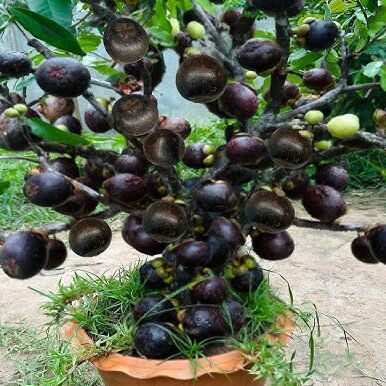
Mangosteen trees are slow feeders, but consistent nutrition helps them develop strong roots and glossy leaves.
Fertilizer Schedule:
- Every 6 weeks: Apply organic compost, vermicompost, or cow manure.
- Every 2 months: Use a balanced organic fertilizer (10-10-10 NPK).
- Once a year: Add trace minerals like magnesium and iron to prevent leaf yellowing.
Avoid chemical fertilizers in excess—they can burn the delicate roots. Organic feeding ensures steady, natural growth and improves soil life in containers.
Step 7: Pruning and Maintenance
Mangosteen trees naturally grow upright with dense canopies. In containers, light pruning helps manage their shape and promotes air circulation.
Pruning Tips:
- Remove dead or diseased leaves regularly.
- Cut off suckers or side shoots growing near the base.
- Lightly trim upper branches to encourage a rounded shape.
Avoid heavy pruning since mangosteen grows slowly and takes time to recover.
Step 8: Managing Shade and Temperature
Since this project focuses on planting mangosteen in shade, it’s crucial to balance light and temperature.
- Young Trees (First 2 Years): Prefer 60–70% filtered sunlight.
- Mature Trees (After 3 Years): Can handle up to 4–5 hours of direct morning sunlight.
- Temperature: Ideal range is 25–35°C. Avoid exposure to temperatures below 15°C (59°F).
If your region gets cold, move the container indoors or cover the plant with a transparent plastic sheet to retain warmth.
Step 9: Pest and Disease Control
Mangosteen is relatively pest-resistant, but container-grown plants can occasionally attract insects or fungal infections.
Common Issues and Remedies:
- Aphids or Mealybugs: Spray neem oil or soapy water weekly until gone.
- Leaf Spot or Fungus: Avoid overhead watering; use a mild fungicide if needed.
- Root Rot: Prevent by ensuring good drainage and avoiding waterlogged soil.
Regularly inspect your plant to catch problems early.
Step 10: Patience and Fruiting
Growing mangosteen requires patience. From seed, it can take 7–10 years to bear fruit, but grafted or mature plants may fruit in 3–5 years under ideal conditions.
When flowering begins, small pinkish-white blossoms appear, followed by green fruits that gradually turn deep purple as they ripen.
Each fruit contains soft, white, juicy segments with a delicate sweet-tart taste—truly worth the wait!
Advantages of Growing Mangosteen in Containers
- Mobility: You can move the pot to protect it from excessive sun, rain, or cold.
- Soil Control: Easily maintain perfect soil pH and fertility.
- Space Efficiency: Great for balconies, patios, or small gardens.
- Shade Adaptability: Grows beautifully even under filtered light.
With proper care, container-grown mangosteen trees can live for decades and produce high-quality fruits just like those grown in the ground.
Final Thoughts
Planting mangosteen in shade and managing it in a container may seem like a challenge at first—but it’s absolutely possible with the right approach. The key lies in maintaining the ideal balance of light, moisture, and nutrients while providing enough space for root growth.
From selecting a healthy plant to choosing the right container and nurturing it with organic care, every step adds up to a rewarding experience. As seen in “Planting Mangosteen in Shade | Planting Large Plants in Container”, with patience and attention, even large tropical trees can thrive in confined spaces.
So, whether you have a small backyard, balcony, or shaded corner, give this tropical queen a home. With love, care, and consistency, you’ll one day enjoy the sweet reward of homegrown mangosteens—proof that great things truly grow in humble containers.
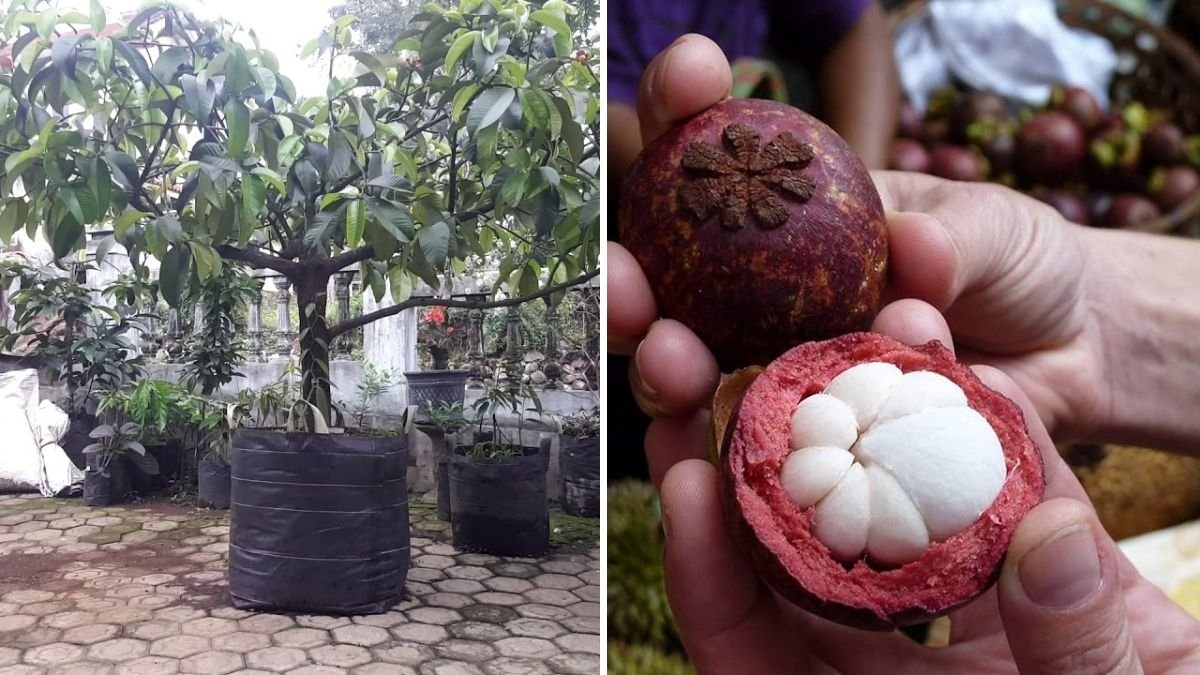





Leave A Comment